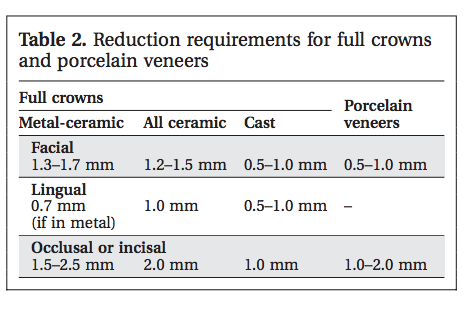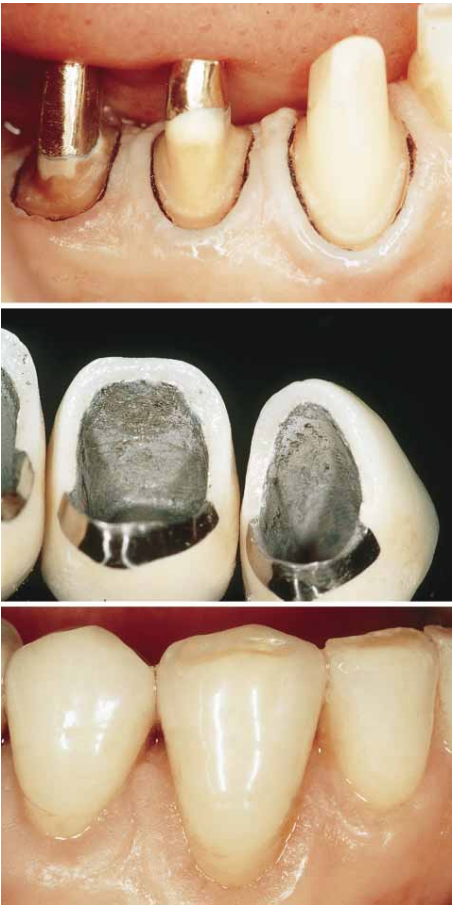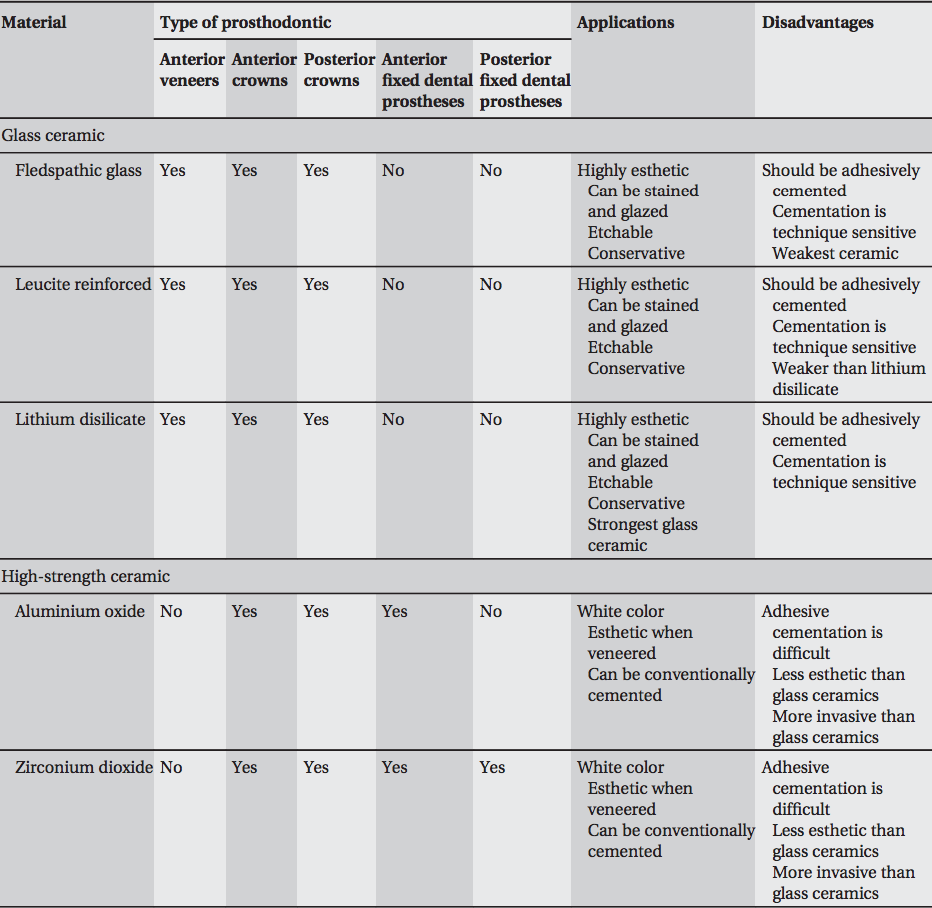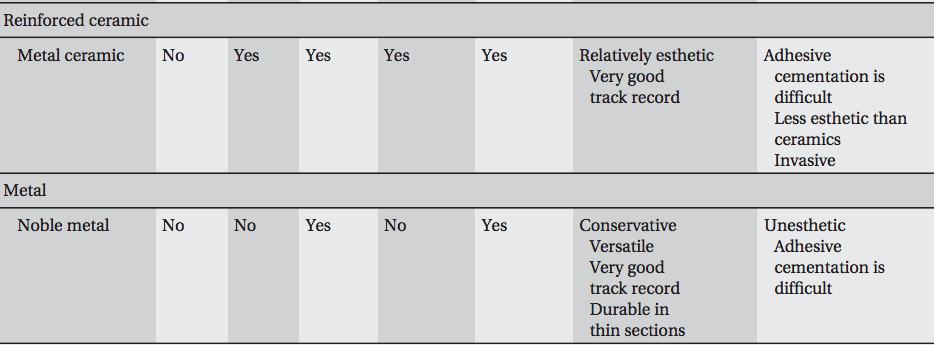There are many things to consider when performing a fixed prosthodontics procedure such as a crown, bridge or a veneer that require preparation of the natural dentition to provide retention and support to the prosthetic. One of the most obscure subjects that many of us dismissed in dental school is dental materials. However, as we’ve grown into professionals we’ve come to recognize that the right dental material is critical in attaining the adequate strength and functionality in order to maintain or enhance patient occlusion functions and also provide acceptable aesthetics that will make your patient happy and show off your work (popular marketing scheme).
Most patients prefer that their new crown or bridges look as natural as possible but aesthetics should not compromise functional parameters. A good dental prosthesis must have enough strength so that it doesn’t deform during function. Prognostic factors such as remaining tooth structure, function (posterior/anterior tooth?), interocclusal space and other occlusal considerations are determinants that will contribute to the selection of material and to the extent of tooth preparation necessary for the choice of prosthetic.
Preparation parameters are outlined below:


Metal Ceramics
Since the 1960’s, metal ceramics have been the material of choice for anterior, posterior crowns and fixed partial prosthetics. With a proven track record, metal ceramics are considered the gold standard in fixed prosthodontics. Advantages of metal ceramics include: strength, durability and relative simplicity of fabrication. However, the increasing aesthetic demands of patients has dentists scrambling for alternatives to the unaesthetic metal ceramics.
Ceramometal restorations offer an alternative for dentists seeking the malleable strength in function without compromising aesthetics. The use of collarless metal frameworks, allows room for the application of shoulder porcelain, dramatically improving the aesthetics of the restoration especially in the gingival third.
All Ceramic
All ceramic prostheses can better mimic the original or adjacent tooth color and hence provide a more natural look. There is a cost for this increase in aesthetics, as ceramics are brittle materials and at risk for fractures when functioning, particularly on molar teeth.
An all ceramic restoration can be categorized into two categories based on light transmission and mechanical properties. Glass ceramics offer a more aesthetic solution with compromised mechanical strength. Moreover, tooth preparation is more conservative when working with glass ceramics but cementation is highly technique sensitive and can determine the longevity of the restoration. High strength ceramics such as alumina and zirconia are more opaque in nature but offer an added mechanical strength and can be used for posterior crowns and fixed dental prostheses. Crown preparations for bilayered ceramics are not conservative, as enough space is required for underlying ceramic core and overlying ceramic veneer.
Find the summary of all the materials below:



Today’s Morning Huddle articles can be found in the links below:
https://doi.org/10.1034/j.1600-0757.2001.027001029.x
https://doi.org/10.1111/prd.12189


